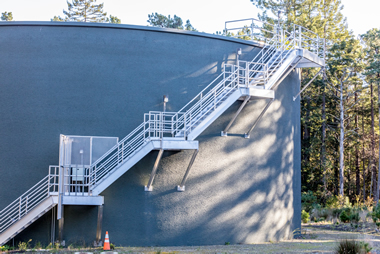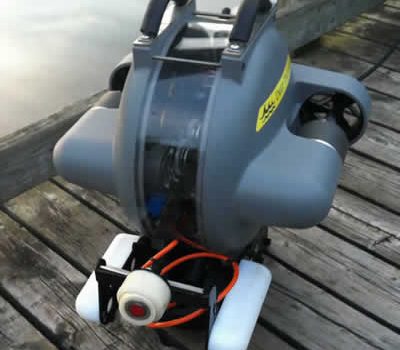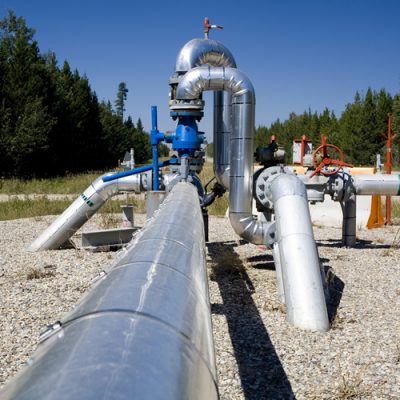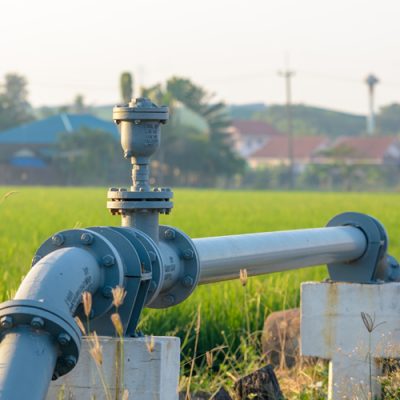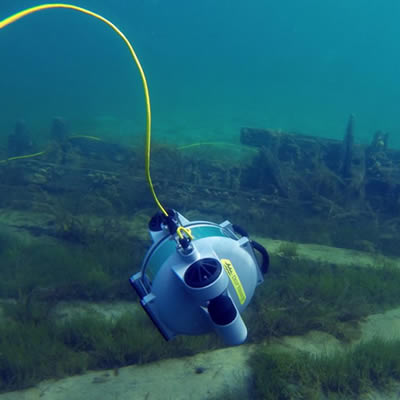Managing and safeguarding the integrity of assets, while ensuring durability and performance has always been a priority. Inspection and maintenance plays is a vital component in any efficient operation, it can improve reliability, increase productivity and reduce risk and operational costs. From pipelines to reservoirs, storage tanks to dams and weirs, we use the latest technologies. Our services deliver inspections that identify challenges with the practical aspects of operation and our routine or corrective maintenance provides proactive solutions and necessary repairs as prevention of failures.
The more you know about the valves critical to your operations, the more you can mitigate the risk of failures and water loss. As objectives and environments become more challenging, our valve monitoring and servicing gives you insight and control – for individual applications or as a long term valve asset management program. Our preventative maintenance and servicing includes regular valve exercising of all reticulation valves, including critical valves and valve alarm monitoring, all designed to provide optimal valve performance and increased reliability.
Detection Services has developed a number of dedicated vehicle mounted valve exercising systems. The main components of the system are a computer controlled, hydraulically driven exercising arm with inbuilt GPS fixing technology and a hydro/vacuum unit to remove and clear debris from valve chambers if required. If a seized valve is encountered, the hydraulic arm has the ability to deliver 750 lbft (1016 Nm) of torque directly to the valve requiring exercising. The control system can be configured to allow higher levels of torque to be applied in incremented steps of 50 lbft and transfers the torque in alternate directions to free the valve.
We provide a pre and post exercise condition assessment rating for each valve operated including data collected by the valve exercising control system and also visual assessment data. This data is then imported into the client’s GIS (or equivalent) system and provides a detailed asset report and condition assessment rating for each valve exercised. This assessment can be customised to the customers specifications.
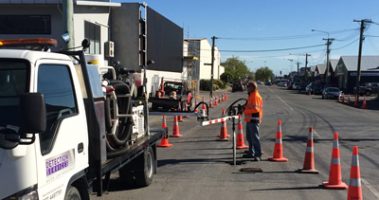
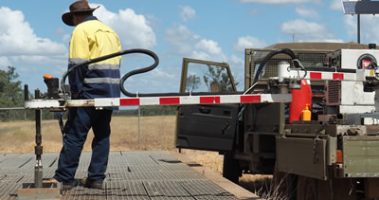
Valves are critical elements in network performance. Valve monitoring can assist with prioritising your network maintenance, increasing reliability and performance. By capturing the valves’ condition over time, we can obtain a clear understanding of the asset and identify anomalies early to plan for required maintenance and avoid unplanned downtime. Additionally, being able to operate valves when an emergency arises is critical so sections of the pipeline distribution network can be shut down with minimal losses and mitigation of potential water damage to third party property. Knowing when they need attention allows utilities to balance reactive demands against proactive development.
Detection Services valve monitoring program will capture the full operational status as well as the condition of the valve including water loss. Unauthorised value operation and water loss is difficult to identify using traditional methods. Valves operated without authorisation can cause many issues that reduce performance of the pipeline distribution system. These include water loss, water quality, pressure imbalances, burst rates, zone integrity and more. This has a direct impact on production, cost of repair, inspection and investigation, environmental impact as well as increased operational costs.
Our valve monitoring program is designed to deliver predictive maintenance data and is customisable to your unique needs. It forms a vital part of replacement and rehabilitation planning to effectively manage pipeline networks.
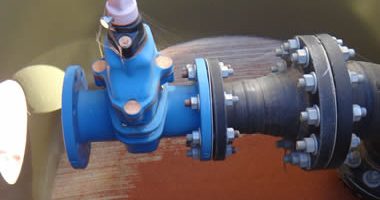
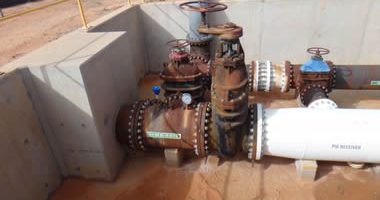
Clean, safe drinking water is a fundamental requirement for maintaining public health and supporting healthy communities. It is essential to ensure a consistent approach to the delivery of safe drinking water that is both practical and reduces unnecessary water wastage. Dams, reservoirs, weirs and storage tanks must be well maintained and undergo regular inspections and cleaning.
Due to the significant advances in technology, we can now offer an alternative method of cleaning and inspection for previously inaccessible units using our purpose built ROV’s, that provide a more innovative solution with no shutdown of assets or confined space entry required. These solutions have allowed our customers to protect stored water quality across their entire asset base whilst reducing unnecessary water wastage and eliminating the risk of interruption to supply associated with reducing available storage.
Our ROV’s have significant capabilities and demonstrated experience performing a vital role in tank maintenance and can stay submerged until the job is completed. Our teams operate the equipment remotely even in the harshest of environments to inspect and clean reservoirs, weirs and storage tanks by removing sediment and restoring water quality. We also offer a full cleaning service which cleans sludge, disinfects and removes deposits from walls with no risk to substrate damage. The aim of regular maintenance is to prevent major repairs or even full tank replacements. Our inspection report includes full data analysis including high resolution images and videos. The final report is uploaded to the cloud, allowing the customer to access from internet enabled devices.
- No shutdown of assets
- Difficult to isolate assets
- Water and sediment sampling
- Stress inspection and analysis
- No turbidity or confined space entry
- Condition inspection and assessment
